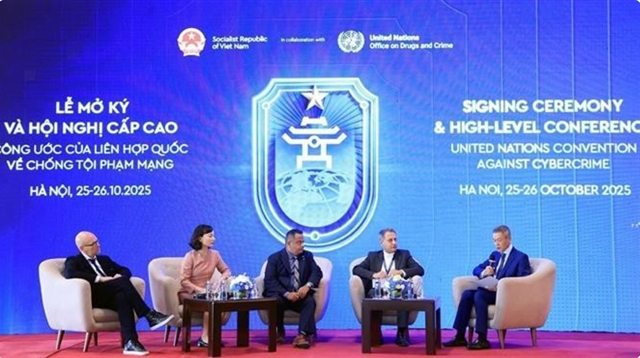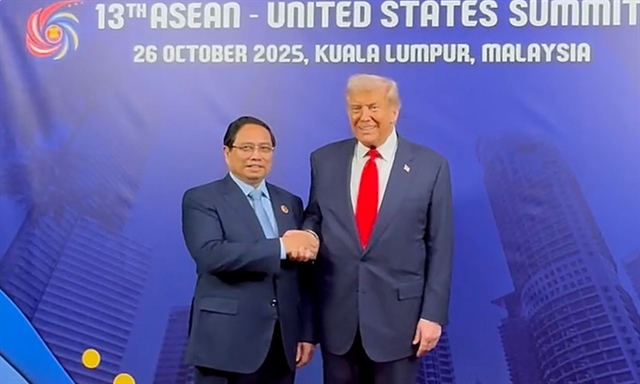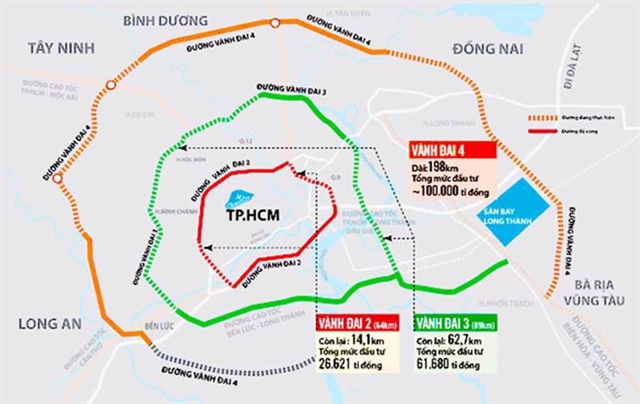 Society
Society
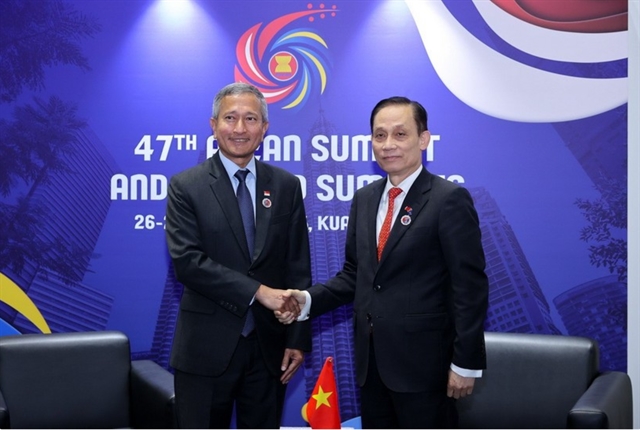
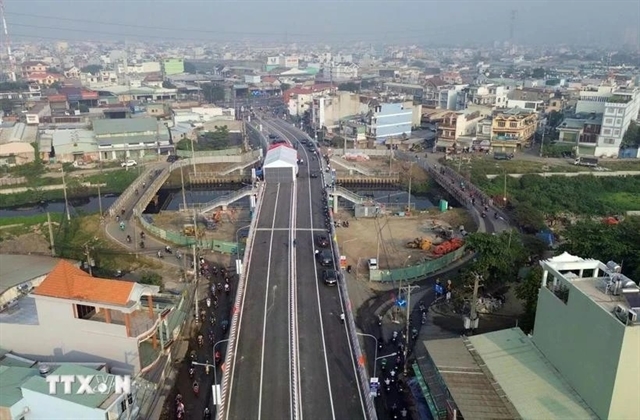 |
| The Tan Ky Tan Quy Bridge crosses the Tham Luong Canal, directly connecting to National Route 1. — VNA/VNS Photo |
HCM CITY — HCM City plans to mobilise VNĐ620 trillion (USS$25.2 billion) in investment from society in 2025 for infrastructure development.
According to a recently issued plan, the southern economic hub aims to utilise VNĐ156.24 trillion in state capital, VNĐ401.76 trillion from the private sector, and VNĐ62 trillion in foreign direct investment (FDI).
It has also set a target for science and technology investment to reach at least 1% of the Gross Regional Domestic Product (GRDP).
Priority projects include five build-operate-transfer (BOT) transport projects, Thủ Thiêm 4 Bridge, Cần Giờ Bridge, Ring Road 4, and the HCM City – Mộc Bai Expressway, as well as the Tây Bắc solid waste treatment plant, and initiatives in sports, culture, education, and health care.
According to the municipal People’s Committee, funding will be directed towards transport, energy, and telecommunications infrastructure, including national highways, regional connectivity roads, Tân Sơn Nhất International Airport, Cần Giờ international transhipment port, and the Lotte Eco Smart City.
State funding will be earmarked for projects with interregional impact, the ones boosting sustainable economic growth, and those less attractive to non-state investors.
Municipal authorities plan to take measures to boost revenue, cut spending, and resolve investment bottlenecks, while encouraging public-private partnerships (PPP) and leveraging remittance inflows—with 30% of remittances expected to go into investment.
The city is implementing its 2023–2025 FDI strategy, with the vision towards 2030, to call for investment in priority areas, including international transit ports, innovation and R&D centres, clean energy, semiconductor, and electronics.
It is also preparing land, policies, and investment mechanisms to facilitate investors' access to 84 priority projects in the 2024–2025 period while streamlining procedures for 11 planned transit-oriented development (TOD) zones covering over 1,107 hectares. — VNA/VNS



